As the world spins through seasons, flowers bloom as nature’s storytellers, narrating a beautiful tale through their vibrant colors. Among this kaleidoscope, the rare color of blue flowers stands out, beckoning us to decipher the secrets they hold.
In this article, we will guide you through everything you need to know about the symbolism of blue flowers and their significance in culture and history.
Meaning of the Color Blue


Blue is a color that mirrors the serene expanse of the sky and the ocean. It gives off a feeling of calmness, stability, and inspiration.
Imagine looking at a peaceful sea or a clear sky. That’s the feeling this color gives; it makes you feel free and safe.
It’s also associated with trust, loyalty, wisdom, and confidence. Businesses even use it in their ads and marketing efforts to give you a sense of confidence about their products.
Moreover, police officers in most parts of the world wear blue uniforms because blue makes people feel secure.
It’s also seen as authoritative, especially when the blue is in a darker shade.
Blue Flowers and Their Meanings
Blue Hydrangeas
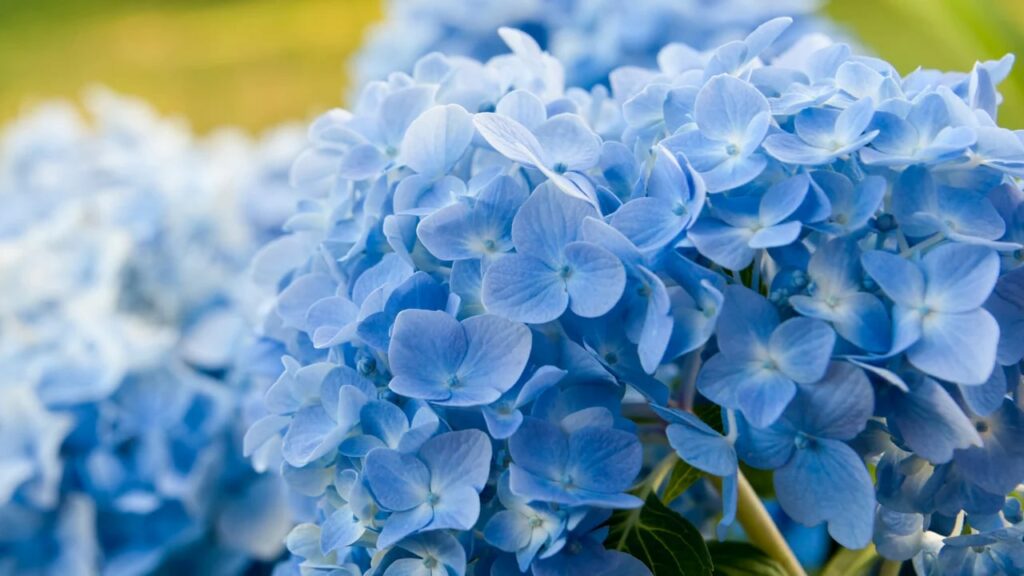

Botanical Name: Hydrangea macrophylla
Origin: Japan and Korea
Size: Can grow up to 6 feet tall
Light: Thrives best in partial sun
Water: Three times a week
Toxicity: Mildly toxic if ingested
If you’ve said something you regret or want to apologize, blue hydrangeas can be a great way to start making amends. They symbolize feelings of apology, regret, and forgiveness.
These beautiful blooms also represent gratitude and understanding. So, if you want to show appreciation or say thank you to someone special, blue hydrangeas can also be a thoughtful and meaningful choice.
It’s also the fourth-anniversary flower.
Blue Irises
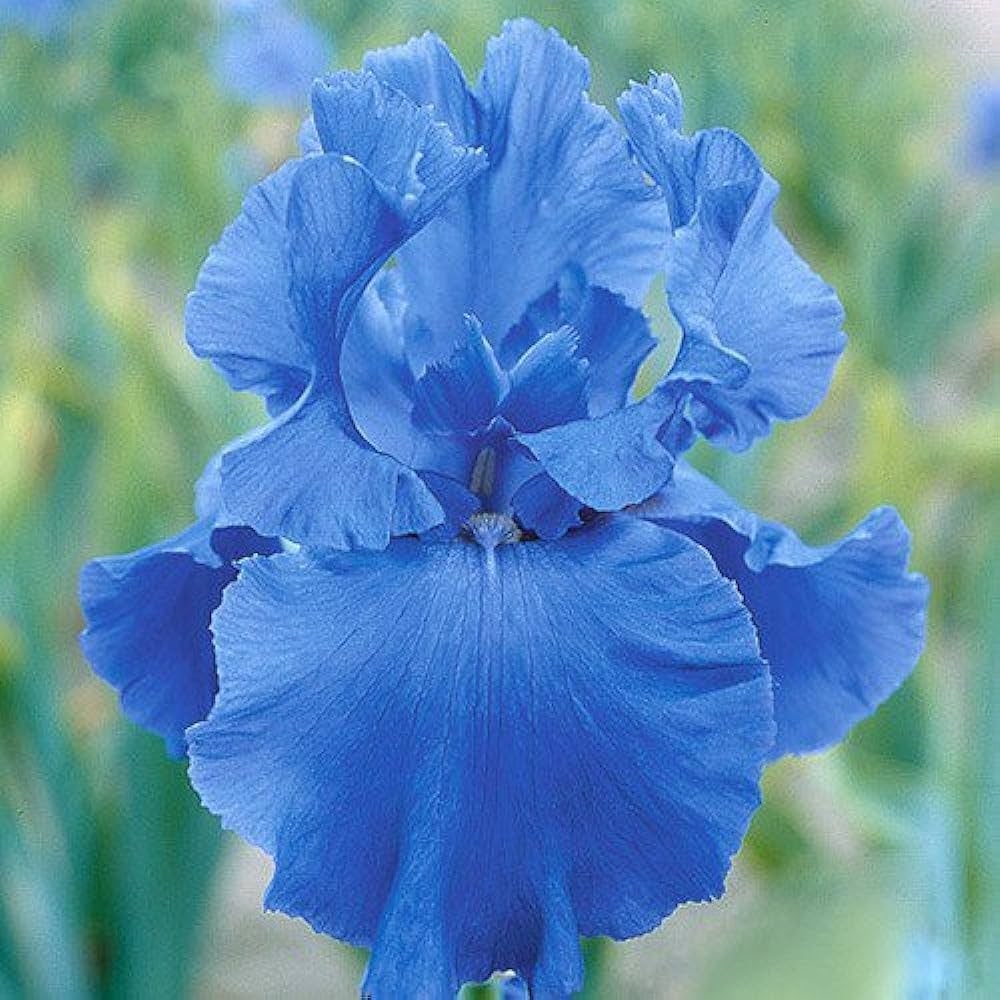

Botanical Name: Iris
Origin: Asia, Europe, and North America
Size: Can reach up to 5 feet
Light: Thrives in at least 6 hours of full sun per day
Water: Every 7 to 10 days
Toxicity: Toxic if ingested
When you give blue irises as a gift, they symbolize love and deep trust. These flowers are perfect for someone close to you or a long-term partner to show your strong feelings for them.
But that’s not all; the serene and vibrant blue colors of the irises bring a sense of optimism, making them a symbol of hope and faith in better days. They are a great choice to offer someone waiting for good news or going through a tough time.
Blue Forget-Me-Nots
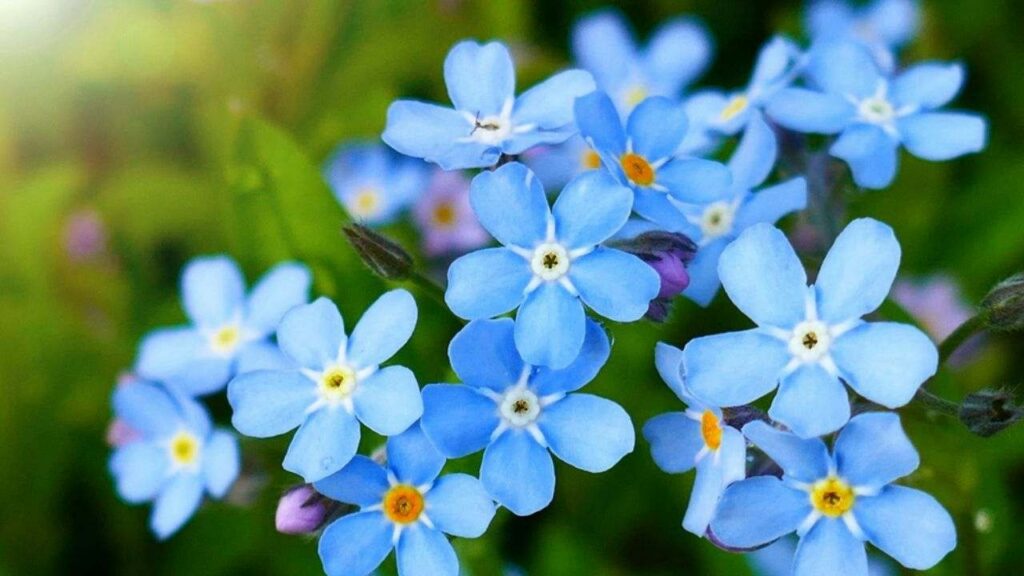

Botanical Name: Myosotis
Origin: Europe and Asia
Size: Can grow up to 2 feet in height
Light: Thrives in partial to full shade
Water: 3 to 4 times a week
Toxicity: Mildly toxic
Blue forget-me-nots are symbols of remembering someone special. Giving these small blossoms means you promise never to forget that person and will always think of them.
It’s like saying you’ll stay faithful and true. Blue forget-me-nots also represent peace, healing, growth, and intelligence.
So, when you give these flowers, you’re not just giving something beautiful; you’re giving a heartfelt pledge of love, faithfulness, and lasting remembrance.
Blue Balloon Flowers
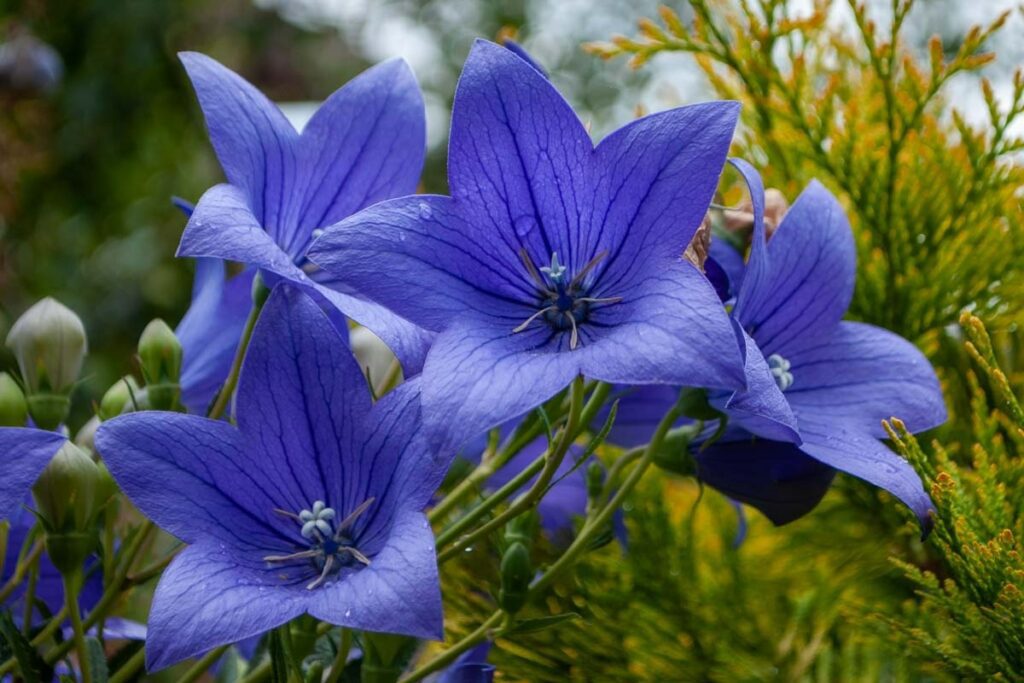

Botanical Name: Platycodon grandiflorus
Origin: East Asia
Size: Can grow up to 24 inches
Light: Thrives in full sun to partial shade
Water: Water only when the top inch of the soil dries out
Toxicity: Non-toxic
Blue balloon flowers represent peace, safety, and trust and create a sense of calm. These flowers are a perfect choice when you want to show loyalty and support.
Their soothing presence makes them great for expressing comfort and care, especially when someone is going through a tough time. So, when you give blue balloon flowers, you’re giving a message of support, trust, and comfort.
Bluebells
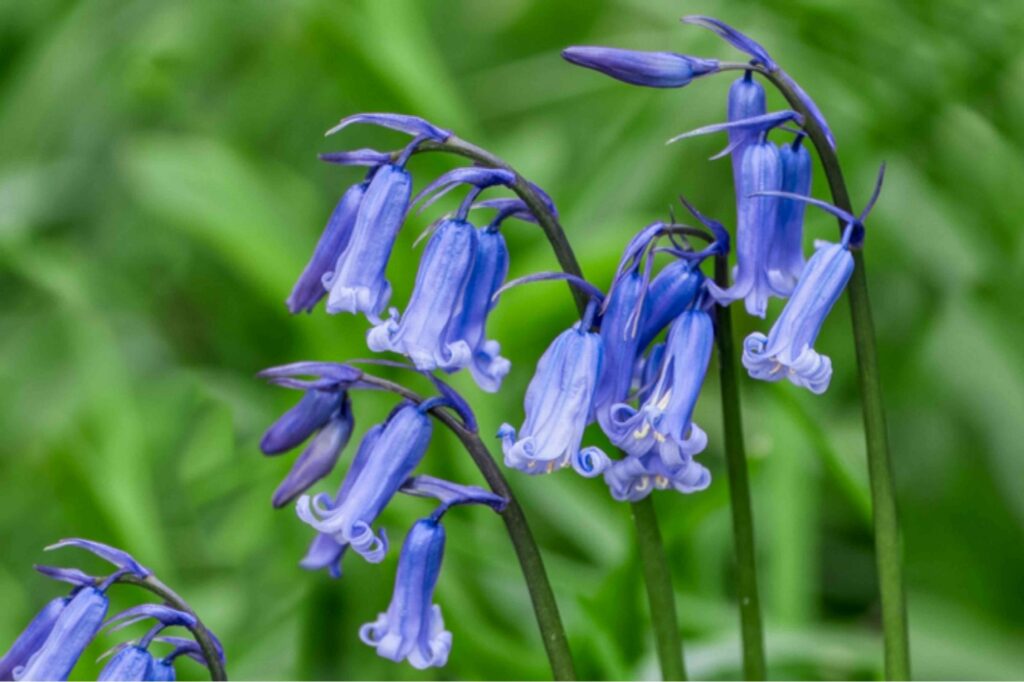

Botanical Name: Hyacinthoides non-scripta
Origin: Western Europe
Size: Can grow up to 30 inches tall
Light: Thrives in partial to full shade
Water: Water only when the soil is dry
Toxicity: Toxic if ingested
Bluebells stand for constancy, humility, and gratitude because of their drooping flowers. They are also associated with everlasting love.
It is said that if you can turn a bluebell flower inside out without tearing it, you might win the one you love. Wearing a wreath of bluebells is also said to make you speak only the truth.
Besides their symbolic meanings, they smell sweet and lovely which makes them a great addition to floral gifts.
Blue Delphiniums
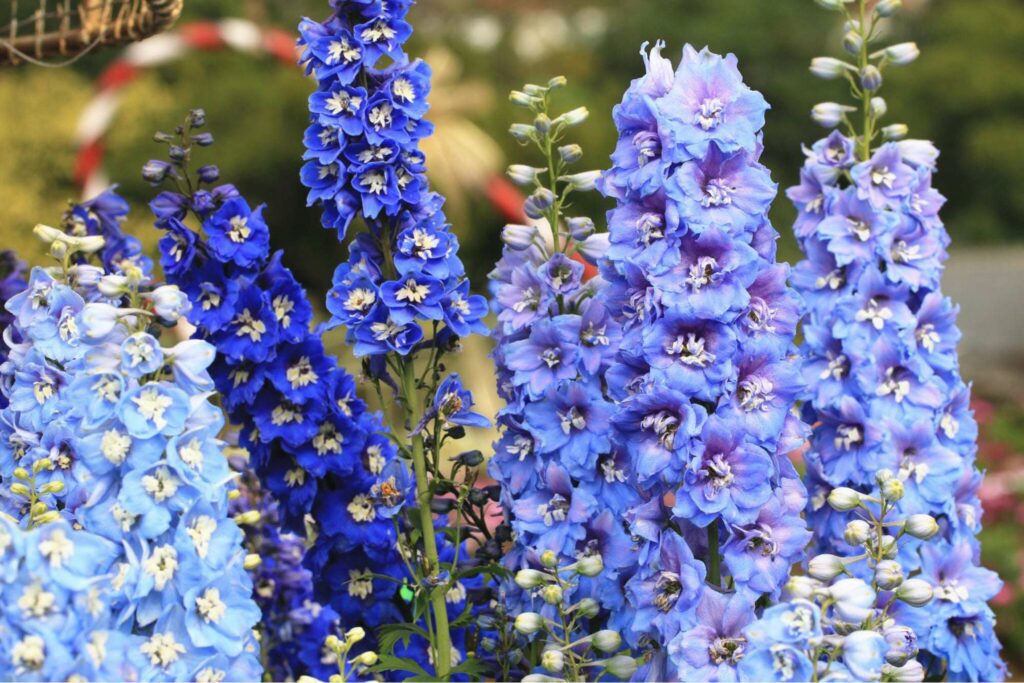

Botanical Name: Delphinium
Origin: Northern Hemisphere and Africa
Size: Can grow up to 6 feet tall
Light: Thrives in 6 to 8 hours of full sun
Water: Once a week
Toxicity: Toxic if ingested
Blue delphiniums stand for dignity, encouragement, joy, and remembering someone close to your heart. They also represent strong attachments and new opportunities which makes them a positive and uplifting gift.
These flowers also symbolize grace, dignity, trust, and new beginnings. Lighter shades of blue in these flowers also represent youth and success.
So, when you want to show support to someone important, blue delphiniums are a wonderful choice.
Blue Sweet Peas
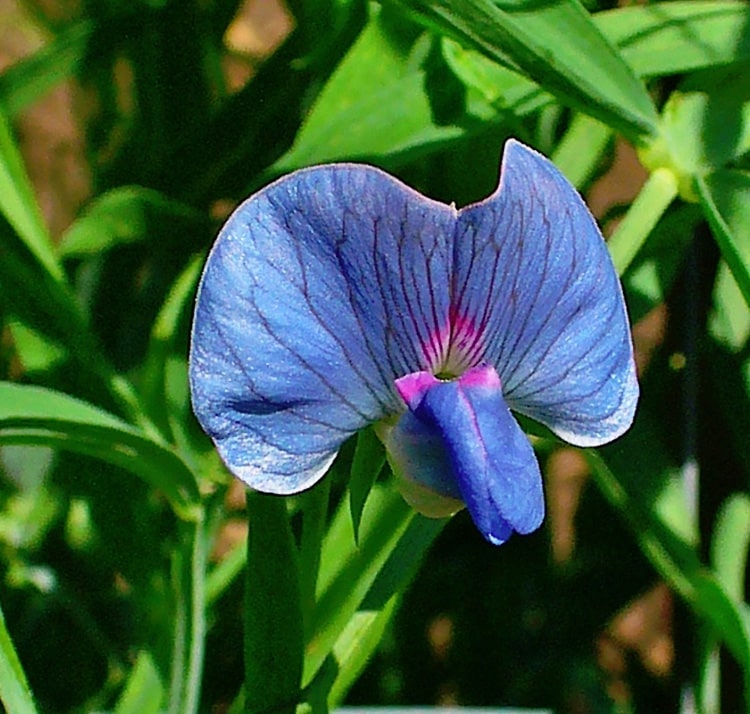

Botanical Name: Lathyrus odoratus
Origin: Sicily and the Aegean Islands
Size: Can grow up to 6 feet tall
Light: At least 6 hours of full sun
Water: 2 to 3 times a week
Toxicity: Can be toxic to pets if ingested
Blue sweet peas represent happiness, friendship, and kindness. Interestingly, they can also symbolize saying goodbye to someone special.
Blue sweet pea flowers also symbolize rarity, uniqueness, desire, and calmness which add extra meaning to these charming blooms.
They are also associated with good luck, hope, and prosperity which makes them a thoughtful choice for various occasions where positive energy is important.
Blue Aster
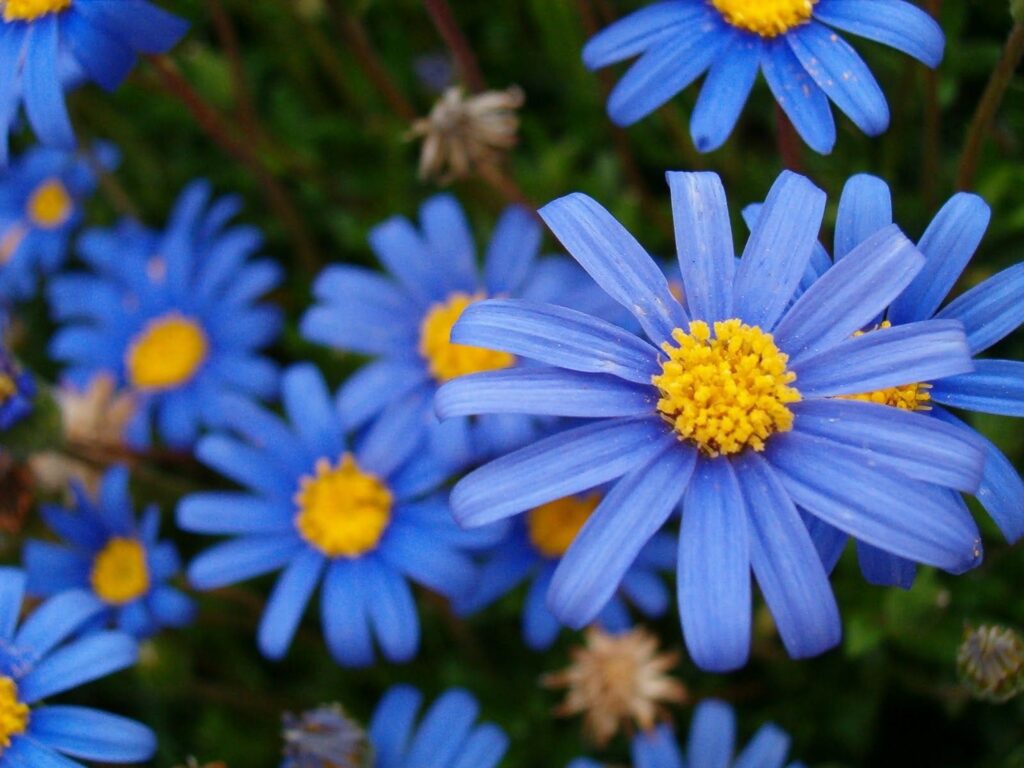

Botanical Name: Aster
Origin: Europe and Asia
Size: Can grow up to 6 feet tall
Light: Thrives in full sun
Water: At least once a week
Toxicity: Non-toxic
Blue aster flowers represent trustworthiness and faithfulness, making them a perfect gift for cherished friends or loved ones you trust a lot. These flowers also symbolize love, knowledge, and faith which adds emotional depth to their beauty.
Blue asters are also associated with balance, patience, and love. So, when you give blue aster flowers, you’re expressing trust, love, and depth of character in a thoughtful and meaningful way.
Blue Flowers in Various Historical Periods
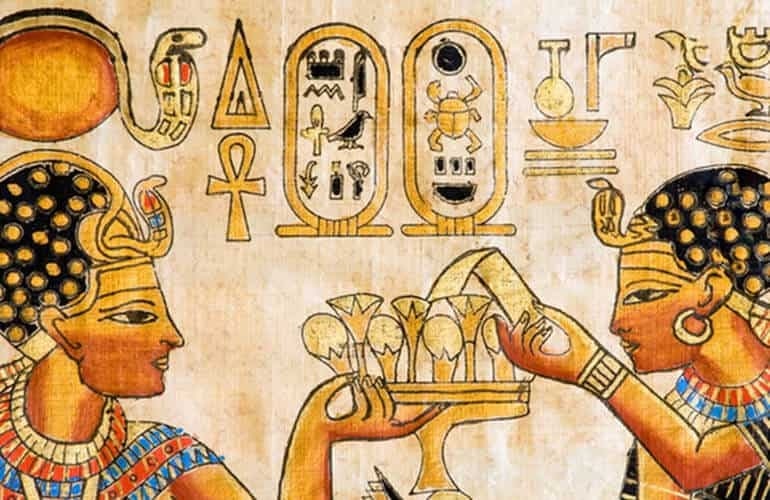

Blue Flowers in Different Cultures
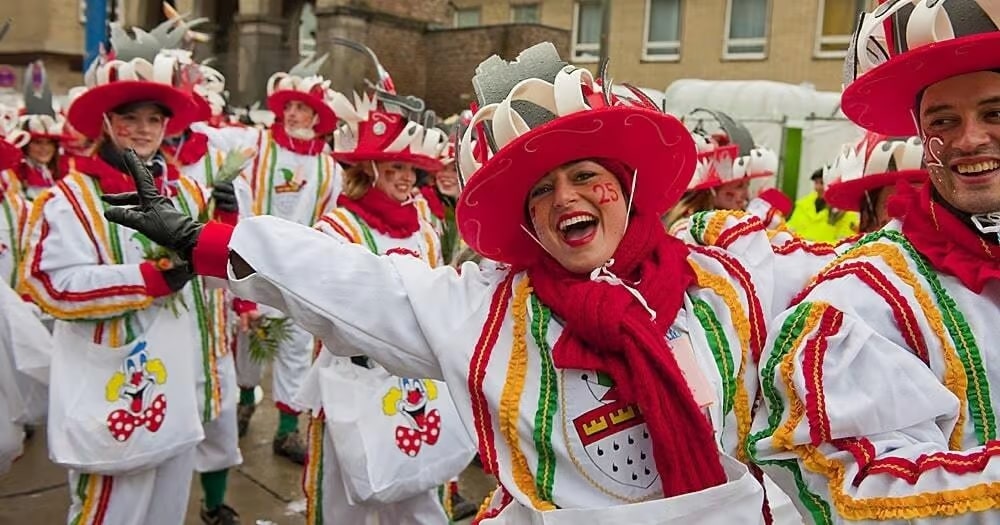

Blue Flowers in Art and Literature
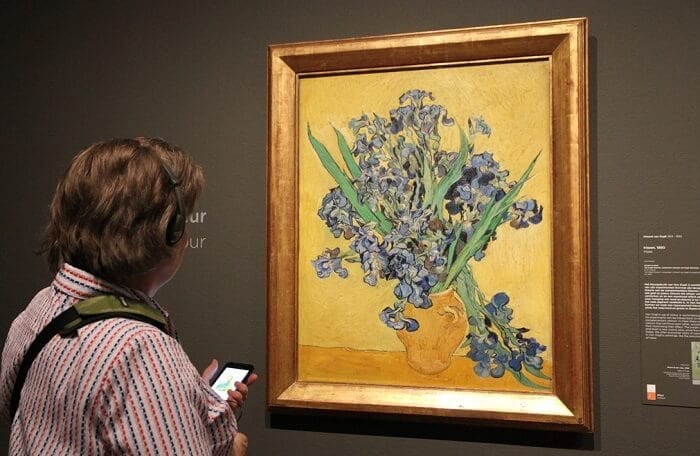

Blue flowers have played a starring role in both paintings and stories. The famous Dutch painter Vincent Van Gogh captured their beauty in a painting called “Still Life with Irises” in 1890.
Clive Staples Lewis, the author of The Chronicles of Narnia, used blue flowers in his autobiography to express a deep longing for beauty.
Additionally, the famous American poet Robert Frost also featured blue flowers in many of his poems such as “Fragmentary Blue.”



